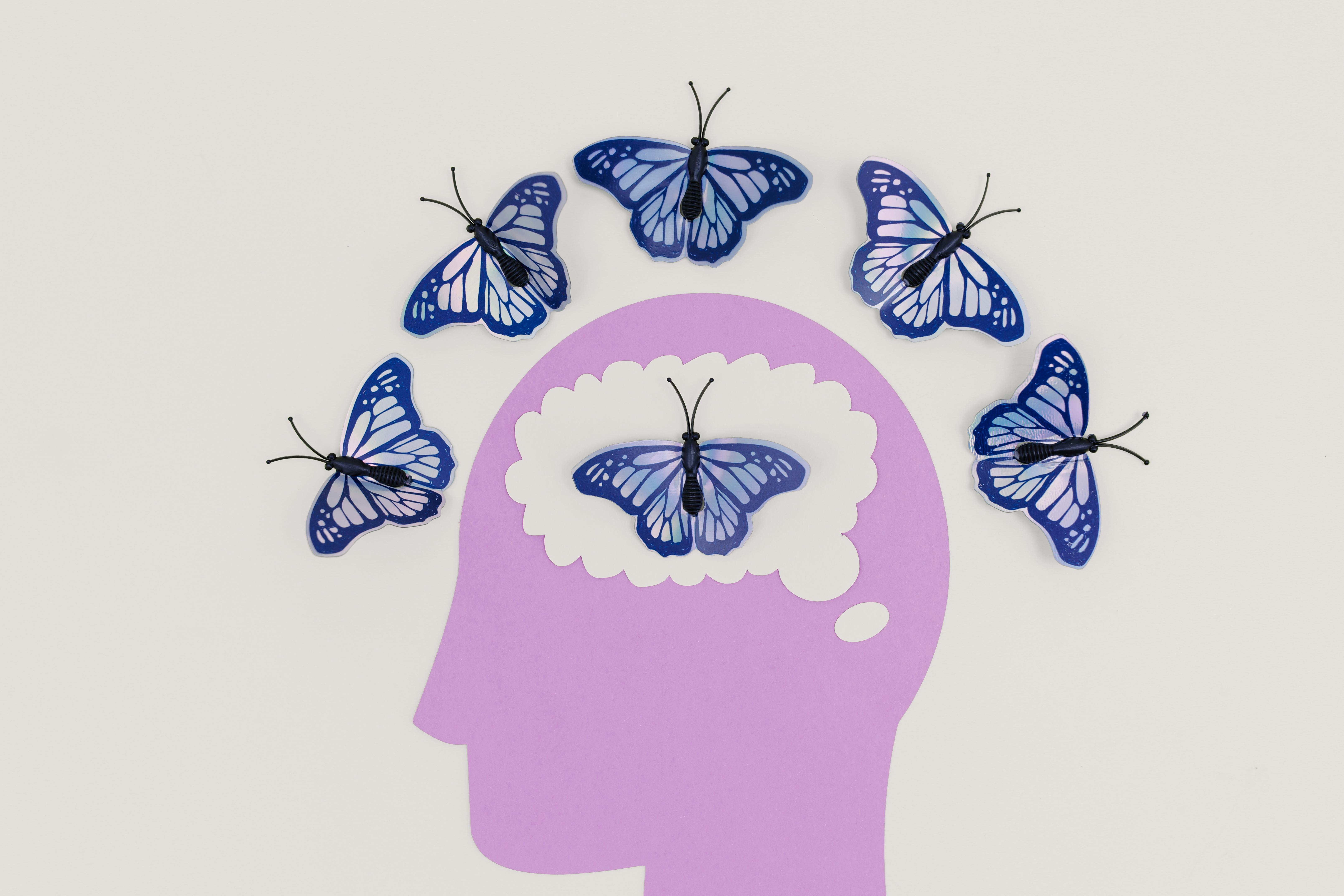The Psychology of Faceless Content: Why It Resonates with Viewers
Jan 12th, 2025
The rise of faceless content is one of the most fascinating trends in the digital age. While traditional content creation often emphasizes personal branding and on-camera charisma, faceless creators are proving that you don’t need to show your face to captivate audiences. But why does this style of content resonate so strongly with viewers? The answer lies in the psychology behind storytelling, relatability, and human bias—or the lack thereof.
Relatability Over Perfection
Faceless content has an innate ability to connect with audiences on a deeply personal level. Without the distraction of appearances, viewers focus entirely on the message, story, or idea being conveyed. This allows the content to feel more inclusive and accessible, as it shifts the attention away from the creator’s personality or lifestyle and onto the narrative itself.
For example, consider story-driven formats like animated Reddit stories or chat-style videos. These rely purely on text, visuals, and voiceovers to engage audiences. Because there’s no face attached, viewers can insert themselves into the story, making the experience more immersive and relatable.
Why This Works:
- Audience Projection: Viewers can imagine themselves as the protagonist or storyteller.
- No Distractions: Content focuses solely on ideas, fostering a stronger connection.
The Power of Storytelling
At its core, faceless content thrives on storytelling—a timeless form of communication that appeals to all demographics. By eliminating the need for a creator’s presence, the narrative takes center stage. Creators can dive into topics ranging from personal growth and life lessons to comedy and niche interests without worrying about how they’ll be perceived on camera.
Platforms like TikTok and YouTube Shorts are full of faceless videos that excel in storytelling. These formats are particularly engaging because they’re concise and visual, leveraging powerful narratives or intriguing concepts to grab attention within seconds.
Why This Works:
- Emotional Engagement: Stories evoke empathy, curiosity, and excitement.
- Universal Appeal: Stories transcend cultural and personal barriers, making them universally relatable.
Breaking Down Bias
Another key factor in the popularity of faceless content is its ability to remove biases tied to physical appearances. In traditional on-camera content, viewers often unconsciously form opinions about creators based on their looks, gender, age, or race. Faceless content eliminates this layer of judgment, leveling the playing field and allowing the work itself to shine.
For creators, this is empowering. It provides an opportunity to be judged solely on their creativity, ideas, and execution, rather than their personal attributes. For audiences, it fosters a more inclusive environment where they can focus on what truly matters: the value of the content.
Why This Works:
- Equal Opportunity: Removes barriers that might prevent creators from sharing their work.
- Focus on Substance: Encourages audiences to engage with the content rather than the creator’s image.
Faceless Content and the Creator-Audience Relationship
Faceless creators often foster a unique relationship with their audience. Without a face or personality to attach to the content, the audience begins to connect with the brand or persona behind the scenes. This can lead to a sense of mystery and intrigue, which keeps viewers coming back for more.
Additionally, faceless creators often engage with their audiences through creative means, such as Q&A sessions, interactive storytelling, or comments. These interactions feel intentional and focused, further strengthening the bond between creator and audience.
How Tools Like Latercut Enhance Faceless Content
The growing popularity of faceless content has been bolstered by tools like Latercut, which make the process seamless and accessible. By offering features like AI-powered voiceovers, script generation, and ready-made templates, Latercut empowers creators to focus on storytelling and creativity rather than technical hurdles.
With tools like these, anyone can create polished, professional-looking faceless content that resonates with audiences. This democratization of content creation allows more voices to join the conversation, fueling the growth of faceless content as a dominant trend.
Final Thoughts
Faceless content is more than just a trend—it’s a revolution in how we connect, create, and consume. By focusing on relatability, storytelling, and eliminating bias, faceless creators are redefining the digital landscape. As this format continues to grow, it’s clear that audiences are hungry for content that prioritizes substance over appearance.
Whether you’re a budding creator or a seasoned pro, now is the perfect time to explore the world of faceless content. With tools like Latercut at your disposal, the possibilities are endless—and your next viral video might just be one faceless story away.

Vasile Ropot
Founder at Latercut